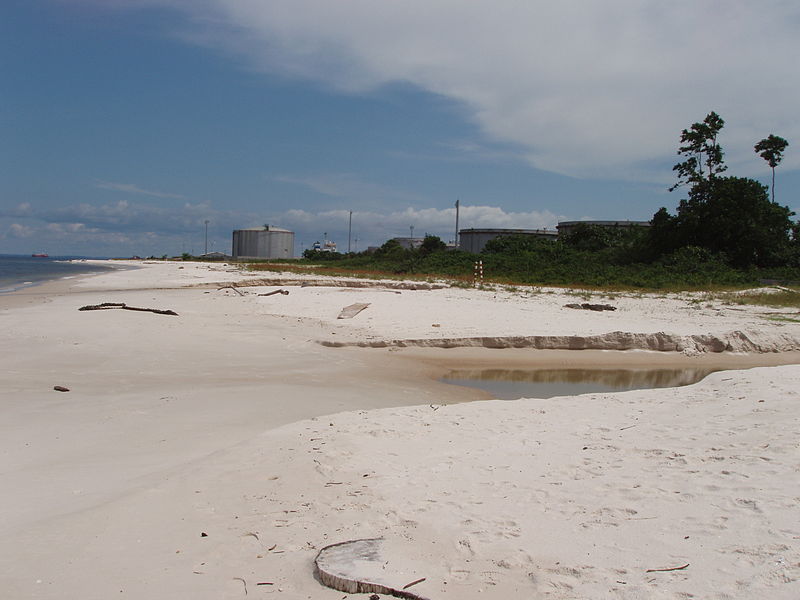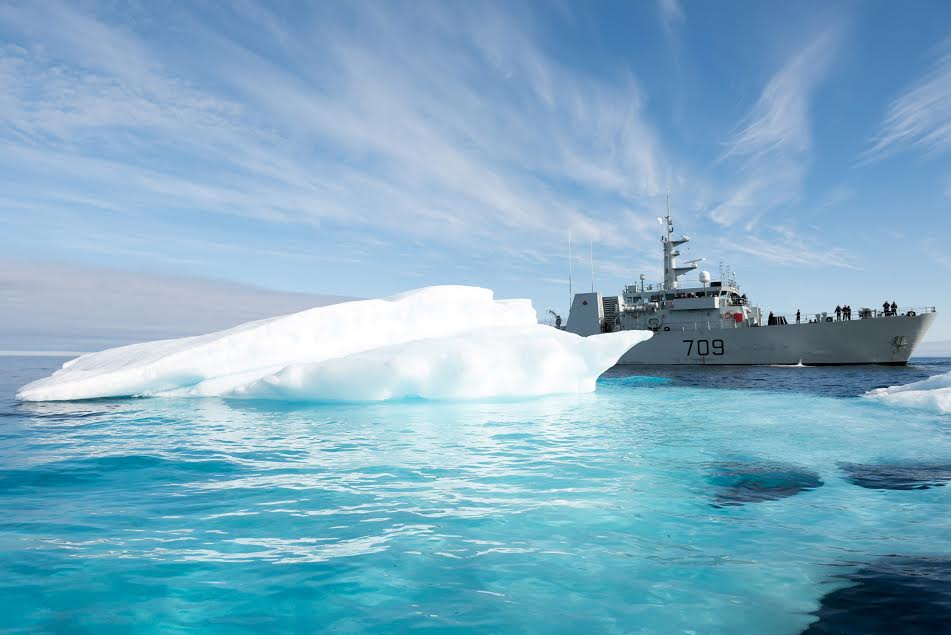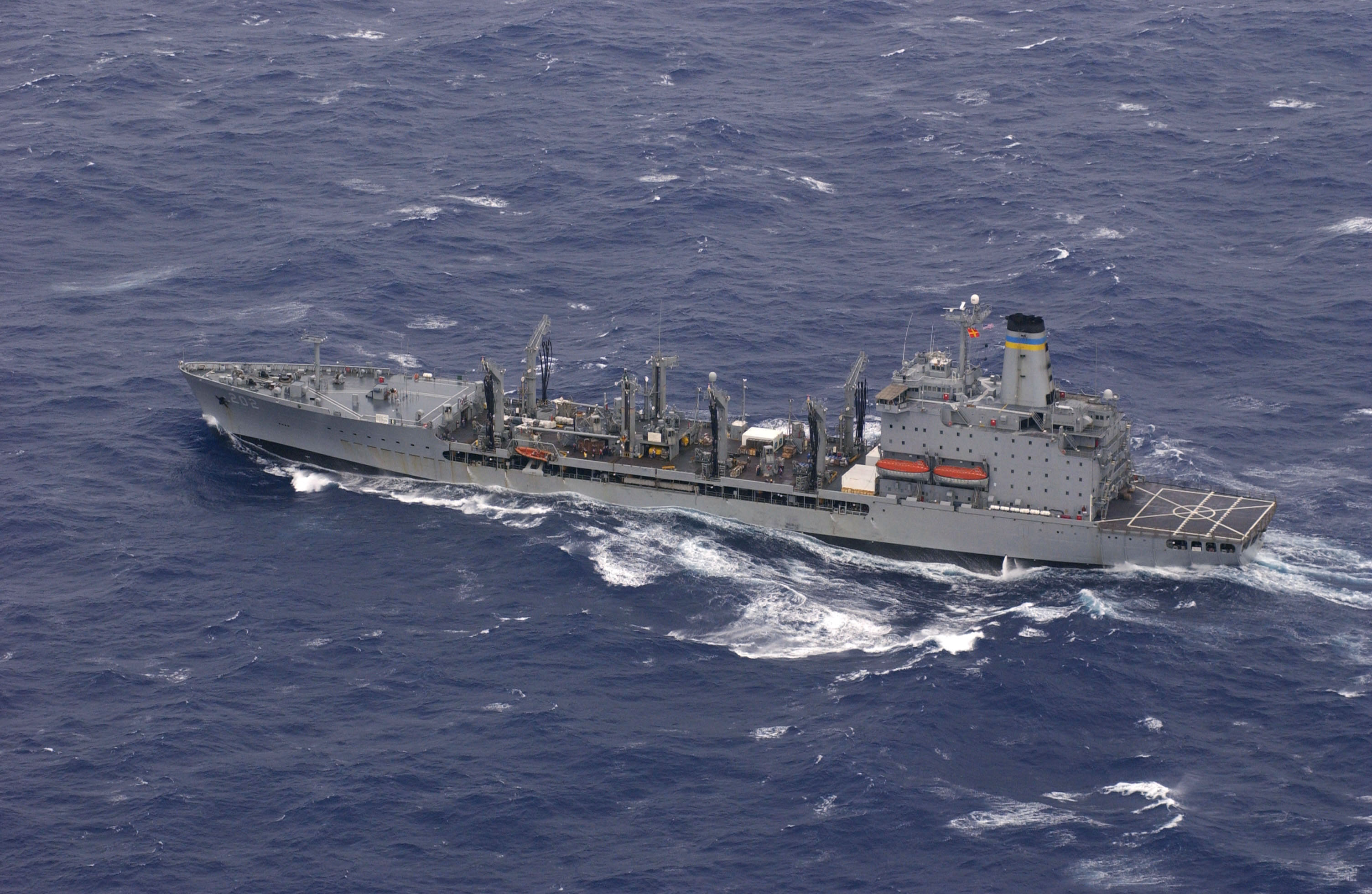Canadian media has been abuzz with the news earlier in February 2016 that the Canadian Armed Forces wishes to expand its Arctic Training Centre (CAF ATC) near Resolute, Nunavut. This facility is shared with Natural Resources Canada (NRC), which uses the site for polar research, and it was an important staging point for Arctic Ram, a military exercise held on February 10-19 involving approximately 300 soldiers. An expansion of the CAF ATC would expand training opportunities for Canadian Rangers and CAF personnel from units based in Canada’s more southerly population centres, as well as providing valuable support to Canada’s annual large-scale exercise, Operation Nanook.
However, there is reason to be cautious before getting ones hopes up. In June 2010, CAF proposed the construction of an airbase in Resolute Bay, including a three-kilometre paved runway, hangars, and other infrastructure. This would be accomplished with the aim to improve search and rescue capabilities in the Arctic, as well as providing a base for strategic refueling aircraft, namely the Royal Canadian Air Force (RCAF) Airbus CC-150 Polaris. Yet to this day, the Resolute Bay airport has only a gravel runway less than two kilometres long, unsuitable for most RCAF aircraft.
Hesitation to pursue the construction of large-scale military facilities in Canada’s Arctic stems from the challenges inherent in building any infrastructure in the region. The delays and cost increases encountered by the Nanisivik Naval Facility are an example of this. In 2007, Prime Minister Stephen Harper announced plans to convert abandoned mining facilities on the northern coast of Baffin Island into a deepwater port and refueling station for the Royal Canadian Navy and the Canadian Coast Guard at a cost of just over $60 million. By 2014, the estimated cost had increased to almost $260 million. Although the port was originally expected to be operational by 2016, construction work did not actually begin until summer 2015 and completion has been postponed until 2018.
Nanisivik demonstrates that Arctic development is not for the faint of heart. The nearly impenetrable bedrock in some areas, or the deep clay located beneath the wharf in Nanisivik, coupled with the shorter construction season makes Nunavut a challenging place in which to build. As such, any federal government interested in preserving Canadian sovereignty in the Arctic must be willing to absorb cost overruns on any major infrastructure project. It is difficult to say whether the new government of Prime Minister Justin Trudeau will be willing to do so. Although Hunter Tootoo, the new Member of Parliament for Nunavut and federal Minister of Oceans and Fisheries, argued during the 2015 general election that Nunavut is in desperate need of infrastructure, the only project announced thus far has been the Iqaluit deepwater port, originally promised in August 2015 by then Environment Minister Leona Aglukkaq.
If history is any indication, it may be quite some time before the CAF ATC in Resolute sees an expansion. Until then, CAF will make do with existing facilities, though this will cost many eager Canadian soldiers the opportunity to learn how to operate successfully in Canada’s far north.
Photo courtesy of MCpl Louis Brunet (Canadian Army Public Affairs).




